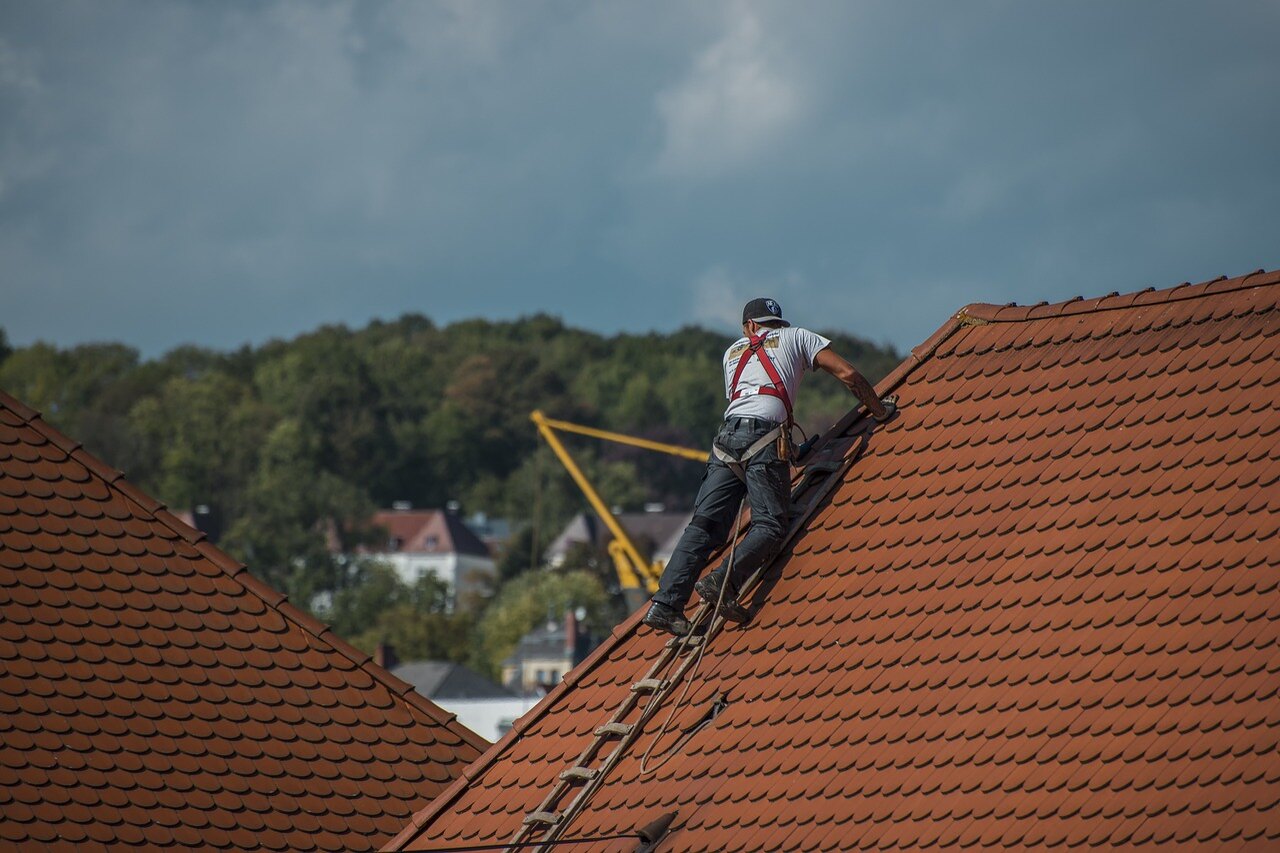Our roofs play a critical role in protecting our homes from the elements. They shield us from rain, snow, wind, and the harsh rays of the sun. However, roofs don’t last forever, and understanding when it’s time for a replacement is important for maintaining the safety and comfort of your home. Waiting too long to replace a failing roof can lead to significant damage and costly repairs down the line.
Several signs can indicate that it’s time to think about a new roof. From obvious issues like damaged shingles to more subtle signs such as water stains inside your home, being aware of these indicators can help you take timely action. By recognizing these signs early, you can avoid bigger problems and ensure your roof continues to do its job effectively.
Whether it’s the age of your roof or noticeable leaks and damage, each clue provides critical information about your roof’s health. Knowing what to look for can make the difference between a minor repair and a full replacement. Keep an eye out for these warning signs to help maintain the integrity of your home and protect your biggest investment.
Regular Roof Inspections
One of the most effective ways to extend the lifespan of your roof is by conducting regular inspections. By checking your roof periodically, you can catch minor issues before they turn into costly problems. I look for common signs of wear and tear, such as cracked, curled, or missing shingles. Damaged shingles can easily let water seep underneath, leading to leaks and further damage.
It’s also important to inspect the flashing around chimneys, vents, and other roof penetrations. Damaged or missing flashing can create gaps where water can enter. I also closely examine the roof’s surface for any signs of mold or algae growth, as these can degrade roofing materials over time. Performing inspections at least twice a year, preferably in the spring and fall, ensures that any issues are addressed promptly, helping in prolonging the life of your roof.
Proper Roof Cleaning Techniques
Keeping your roof clean is essential for maintaining its longevity. However, it’s crucial to clean it the right way to avoid causing damage. Here are some dos and don’ts for effective roof cleaning:
Dos:
– Use a Soft Wash System: Gentle cleaning methods help remove dirt, moss, and algae without damaging roofing materials.
– Apply Algae-Resistant Treatments: These treatments prevent algae growth and maintain a clean roof for a longer time.
– Trim Overhanging Branches: This reduces debris accumulation and prevents moss growth by allowing more sunlight to reach the roof.
Don’ts:
– Avoid Pressure Washing: High-pressure washing can remove granules from shingles, reducing their lifespan.
– Refrain from Using Harsh Chemicals: Certain chemicals can damage roofing material and harm surrounding vegetation.
– Never Ignore Safety Precautions: Always use a stable ladder, wear non-slip shoes, and consider a safety harness if working on a steep roof.
By following these dos and don’ts, cleaning your roof effectively becomes a simple task that contributes significantly to its long-term durability.
Age of Your Roof
The age of your roof plays a crucial role in determining whether it needs a replacement. Different roofing materials have varied lifespans, and knowing these can help you decide when to take action. For instance, asphalt shingles, the most common roofing material, typically last between 15 and 30 years. If your roof is approaching or has surpassed this age, it may be time to consider a replacement even if there aren’t obvious signs of damage.
Metal roofs, on the other hand, can last anywhere from 40 to 70 years. Their longevity makes them an appealing option, but they, too, require regular maintenance and inspections. Tile roofs are another durable choice, with a lifespan ranging from 50 to 100 years depending on the material and maintenance. Recognizing the typical lifespan of your roofing material can help you plan and budget for a replacement, ensuring your home remains protected.
Sagging and Structural Issues
Sagging is a significant indicator that your roof may be experiencing structural issues. A sagging roof often results from prolonged exposure to moisture, damaged or inadequate support structures, or excessive weight from snow and ice. If I notice any areas of the roof that appear to dip or sag, it’s essential to address the issue promptly. Ignoring these signs can lead to more severe damage and potentially costly repairs or replacements.
Additional structural concerns include visible cracks inside the attic, displaced or missing rafters, and popping nails. These are signs that your roof’s framework might be compromised. To prevent extensive damage, it’s important to have a professional evaluate and reinforce or replace the affected areas. Keeping an eye out for these warning signs can help maintain the structural integrity of your roof and extend its lifespan.
Conclusion
Taking proactive steps to care for your roof can significantly extend its lifespan, saving you from unexpected expenses and ensuring your home remains safe and secure. By conducting regular inspections, cleaning appropriately, maintaining your gutters, and addressing any timely repairs, your roof will endure for many years to come. Remember, recognizing the signs of damage, understanding the age of your roof, and being vigilant about structural issues are all keys to effective roof maintenance.
If you’re uncertain about the condition of your roof or need expert advice, we at Mega Pro are here to help. Our team is dedicated to providing exceptional roofing solutions tailored to your needs. Contact Mega Pro, a roofing contractor in NJ, today to schedule a comprehensive roof inspection and ensure your home is protected for the future.


